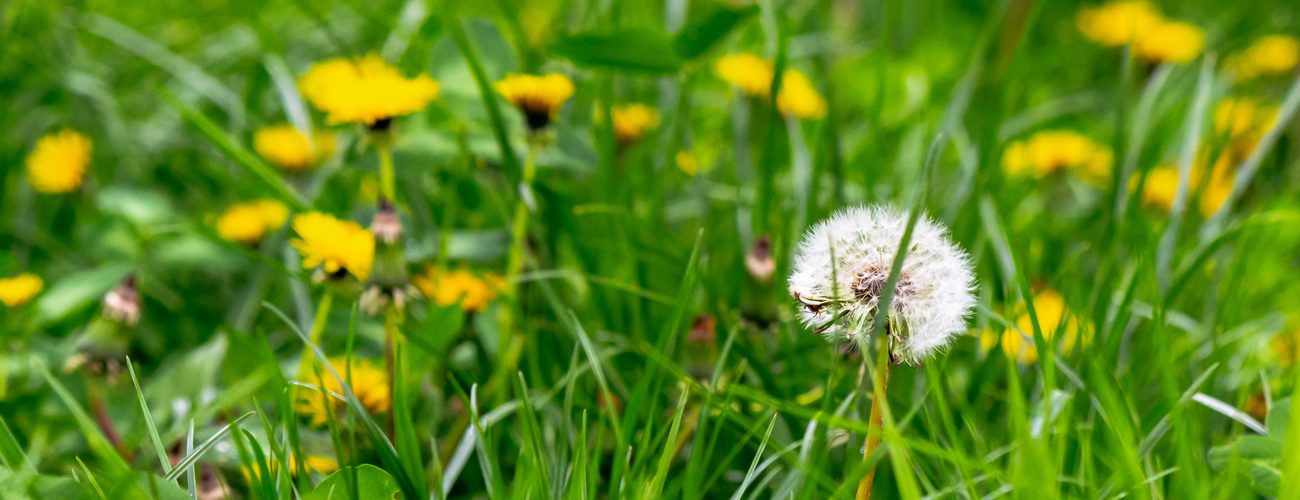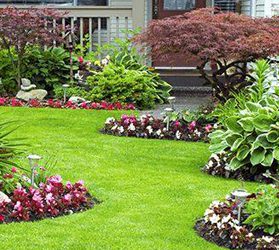
Ready or not, summer is almost here! And with the warm weather comes weed season. If you’re like most homeowners, you’ll want to rid your lawn of those pesky dandelions and crabgrass as quickly as possible. In this blog post, we’ll discuss some of the most common weeds that invade lawns during the summer and share tips on how to get rid of them properly. So read on and learn how to keep your lawn looking its best all summer long!
What are Weeds
Weeds, by definition, are plants that grow in undesired locations. Such places may include gardens, lawns, and agricultural fields. Noxious weeds are classified as such because they are capable of causing great harm to people or animals. Some examples of noxious weeds include poison ivy, poison oak, and stinging nettle.
Weeds are not just unsightly, they can actually cause serious damage to your lawn. By cracking the soil and competing for resources, weeds can starve your grass of the sunlight, water, and nutrients it needs to thrive.
Common Weeds
Property owners understand how difficult it can be to remove unsightly weeds. Weeds can be very persistent, and it takes a lot of time and effort to get rid of them. However, it is important to persevere, as weeds can eventually take over your property and ruin your landscape.
Below we will look at the most common types of weeds and how you can rid your lawn of them.
Dandelions
Dandelions are one of the most common and easily recognizable weeds. They have a long taproot that can reach up to 12 inches in length, making them very difficult to pull out. Dandelions are also proficient seed spreaders, which means that if you don’t remove them quickly, they will soon take over your lawn.
How to Remove Dandelions
If you’re looking to remove dandelions from your lawn, there are a few things you can do.
First, you can try manually removing them. This involves getting down on your hands and knees and digging them out of the ground. Be sure to get the entire root system, otherwise, the dandelion will just grow back.
Another option is to use a weed killer. There are many different products on the market that will help kill dandelions, just ensure you read the label carefully and follow the instructions. It is suggested that when using a broadleaf weed killer on Dandelions you use one where the active ingredient is 2-4-D. Since Dandelions begin to transfer nutrients from their leaves down to the roots in preparation for winter, the best time to use herbicides is in the fall.
You can also try using a grass seed that is resistant to dandelions. Regularly seeding your lawn will provide your grass a chance at growing a dense root system, which essentially will “crowd out” dandelions as they will not have space to grow. Another popular non-chemical method for riding your lawn of dandelions is by applying a biological agent called “Sarritor”, which is a fungus that will selectively target dandelions, along with some other broadleaf weeds, all while having no ill effects on your grass.

Crabgrass
crabgrass is another common lawn weed that is easily recognizable. It has slender, branching stems that can grow up to 2 feet tall. The leaves are green to blue-green in color and always have a dull sheen. Crabgrass thrives in full sun and can survive in shady areas, though it will not flower in shady areas. It flowers from May to August in the northern hemisphere.
How to Remove Crabgrass
Crabgrass is an invasive species of plant that can be very difficult to remove. However, there are a few things you can do to get rid of it. First, you can try to pull it out by hand which may be effective, but it can be time-consuming.
Unfortunately, by the time many homeowners realize they are dealing with crabgrass, it is often too late to treat with organic solutions. However, there are chemical treatments which will effectively target the issues.
It is important to mow your lawn regularly as this will aid in keeping crabgrass from taking over. Mowing also helps to prevent the crabgrass from going to seed, which will only spread the problem further. Crabgrass begins to grow purple seed stocks during the fall in preparation for future germination. This is an imperative time to ensure you are regularly mowing, cutting down these stocks and preventing those future seeds.
Clover
Clover is a low-growing plant that has leaves that are divided into three leaflets. The leaves are green in color with a white or light-colored center and can range in size from a few inches to several feet tall. Clover flowers from May to September in the northern hemisphere and is often considered a weed because it can crowd out other plants and grasses. Unfortunately, it is also difficult to mow due to its low-growing nature.
How to Remove Clover
There are a few different options when attempting to remove clover from your lawn. As with all weeds, you can attempt to pull clover out by hand, however, this can be difficult and time-consuming.
Another option is to use a herbicide that is specifically designed to kill clover. These products are readily available at most hardware stores. When attempting to remove clover with a herbicide, any commercial broadleaf weed killer should do the trick.
If you are looking for a more natural option, you can use Corn Meal Gluten, which is best applied in the beginning of spring. Corn Meal Gluten acts as a pre-emergent herbicide which will stop new seeds from germinating. It is important to note that if you decide to go this route, due to the fact CMG is a pre-emergent, you will not be able to seed your lawn until the fall.

Creeping Charlie
Creeping Charlie, also known as Gaultheria Procumbens, is a very aggressive lawn weed as it forms a dense mat of stems and leaves that crowds out other species. It’s a sneaky little plant, creeping up from seemingly nowhere to take over your perfectly manicured lawn. If you’re not careful, Creeping Charlie can quickly turn your yard into an unsightly mess.
How to Remove Creeping Charlie
If you are looking for a way to organically tackle Creeping Charlie, prepare yourself for a workout. One of the most effective ways to rid your lawn is to remove it by either aggressive raking or pulling it out by hand. Over time, this will essentially prevent the weed from going through photosynthesis, thus depleting its storage supply.
This would be a good time to then spread a mixture of borax and water, which according to research has proven to be effective when attempting to selectively control Creeping Charlie. The suggested ratio for the mixture is 1 ounce of borax dissolved in 2-3 gallons of water. Since borax contains an ingredient called boron, which in large doses can be toxic to grass, it is not recommended to do this process more than once a year.
As always, if you are looking for a non-organic option, there are a range of commercial herbicides which effectively treat Creeping Charlie. When looking for a broadleaf weed killer to address Creeping Charlie it is important to use one that contains a combination of dicamba, MCPP/MCPA and 2-4-D, for the best results.
Proper weed control is key to maintaining a healthy lawn. While they may be unsightly, the real problem with these weeds is that they can choke out your grass and take over your lawn if not dealt with properly. If you’re dealing with weeds in your yard, there are solutions for both organic and non-organic gardeners. No matter which route you choose, make sure to stay on top of the weed situation so they don’t take over your lawn!



